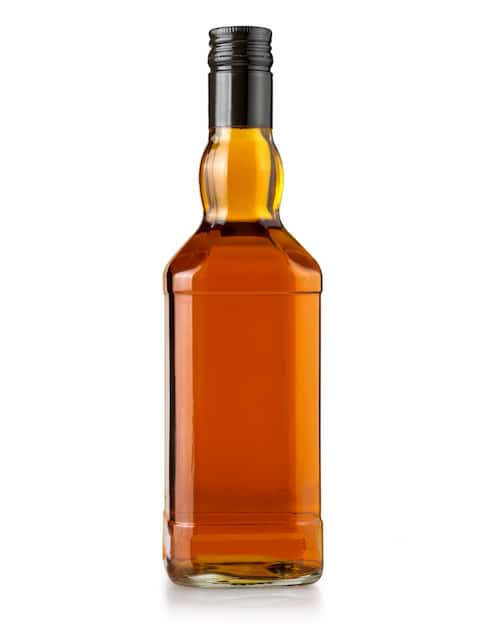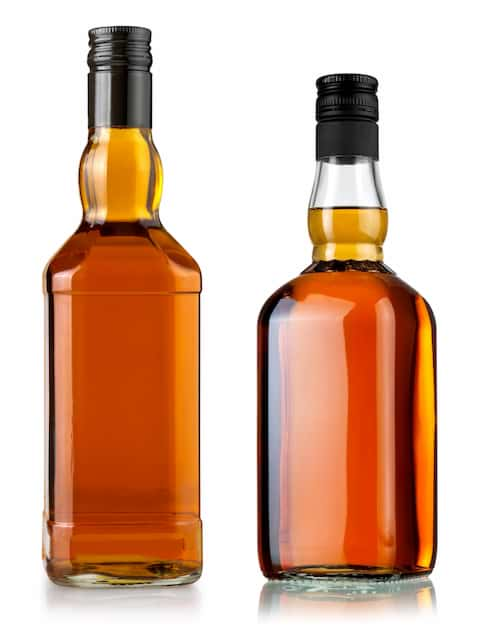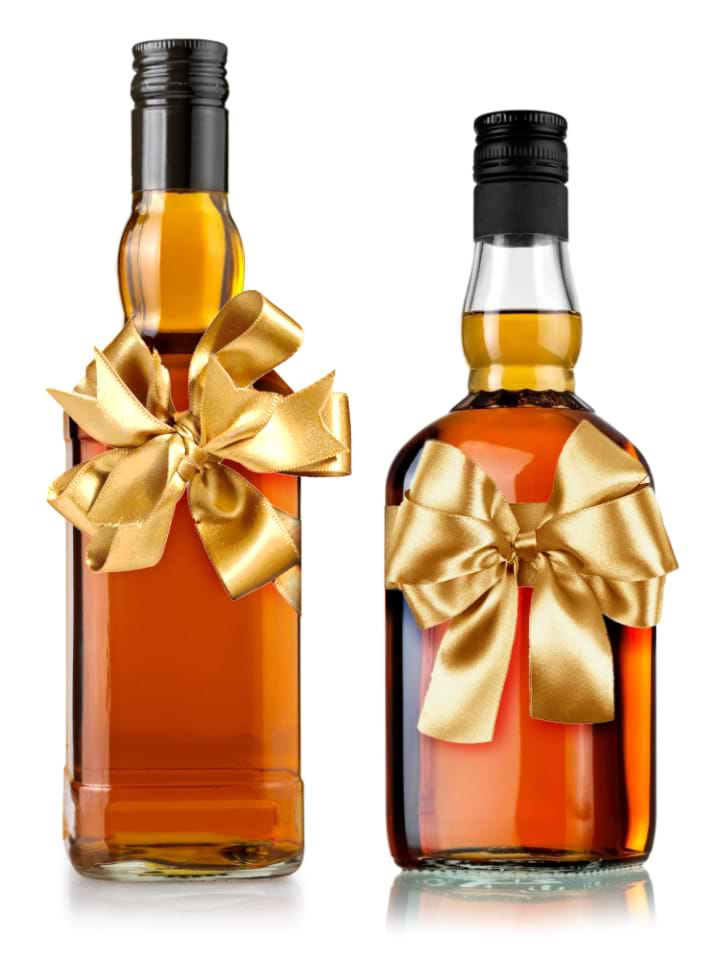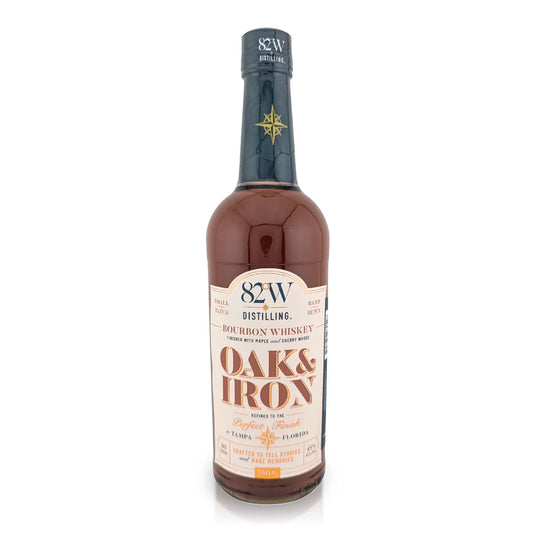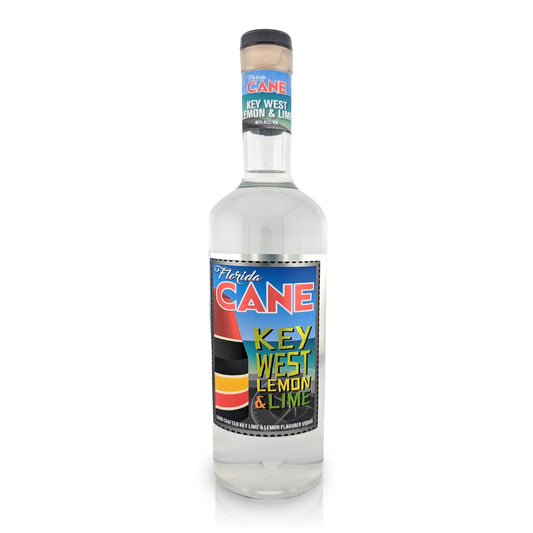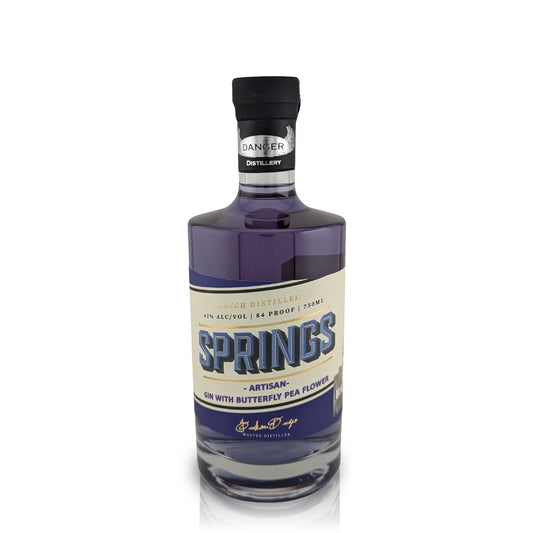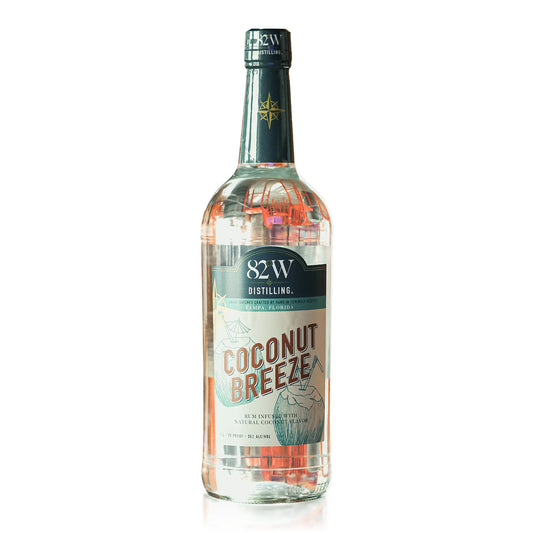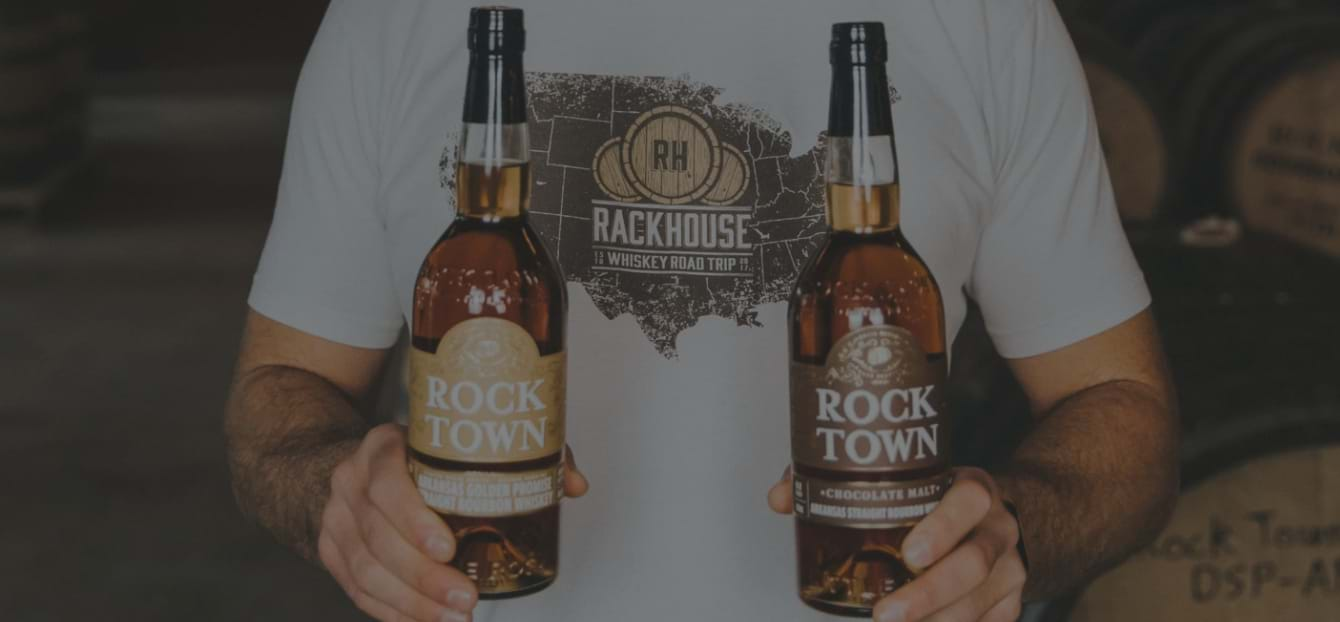
Water. Agua. H2O. It’s the lifeblood of every human being by carrying nutrients to all the cells in our body and oxygen to our brain. Turns out, water is also incredibly important when it comes to whiskey. Aside from being a key ingredient in how whiskey is made, adding a drop or two of water to your glass actually helps to “open up” the taste of the whiskey. True whiskey connoisseurs may be skeptical, so what gives? Is adding water to your whiskey just an urban legend or does science back this theory? Here’s the case for why you should add water to your whiskey.
Water changes the flavor during aging
Although aging whiskey is complex, water is a key factor to changing the flavor as it matures. Before whiskey is bottled, water is added to dilute it to about 40 percent alcohol by volume. The mixture of water, alcohol and congeners react with each other over time. These ingredients then react with oxygen in the outside air through oxidation. The final factor is that water absorbs substances from the wood as it moves within it.
The water you use for whiskey is often considered the most important factor in making a good whiskey. Clean, clear and free of bad-tasting impurities like iron are the driving factors in selecting water for whiskey. Kentucky, as well as Maryland, Pennsylvania and Indiana, is an area rich with limestone so water there contains carbonates, which can also alter the flavor. Because of the importance of water in how whiskey is made, a large number of distilleries are located next to a river or lake.
Science explains why water makes whiskey taste better
Once whiskey is aged in oak barrels, it contains about 55 to 65 percent ethanol, with water making up the rest of the liquid. The higher the ethanol concentration, the higher the ABV proof. So whiskey makers usually add water to the mixture so that the ethanol is reduced to 40% or 80 proof (this is standard). Undiluted whiskey or “cask strength” whiskey is becoming more popular but this is why science tells you water makes the taste of your whiskey better.
Although water and ethanol are nearly identically chemically, advanced imaging technology has shown that they tend to cluster together throughout the mixture. Chemists Bjorn Karlsson and Ran Friedman at Linnaeus University in Sweden dug into this a little deeper using model interactions between molecules of water, ethanol and guaiacol, which gives whiskey its smoky flavor. What they found supports the idea that a splash of water is good for your whiskey. When ethanol concentrations are below 45 percent, guaiacol concentrates near the surface of the whiskey. If the ethanol concentration is higher than 45 percent, the guaiacol mixes down deeper into your glass, making it harder to notice the flavor notes.
But wait, does this only happen with guaiacol? Nope. While the researchers only did simulations with guaiacol, they have reason to believe other whiskey flavor molecules would respond similarly as they are in the same chemical family as guaiacol. Ultimately what the researchers found is that whiskey diluted to between 27-45 percent ethanol will make it easier for the guaiacol to evaporate, and thus, once airborne it hits you with an even stronger flavor each time you take a sip. So, the moral of this scientific experiment is that further diluting your whiskey with water once it’s in your glass will increase the boldness of the flavor. And that, friends, is just another reason water is good for you. And whiskey.
If you’re looking for an easy way to test this water theory out yourself with unique types of craft whiskey, check out RackHouse Whiskey Club. RackHouse scours the U.S. looking for the best distilleries with the most interesting stories (like the time we learned about Bull Run Distillery’s unique water source) to curate a unique subscription box filled with full-sized bottles of hard-to-find small batch whiskey. We’re building a community of premium craft whiskey drinkers, and you’re invited. Join us!


